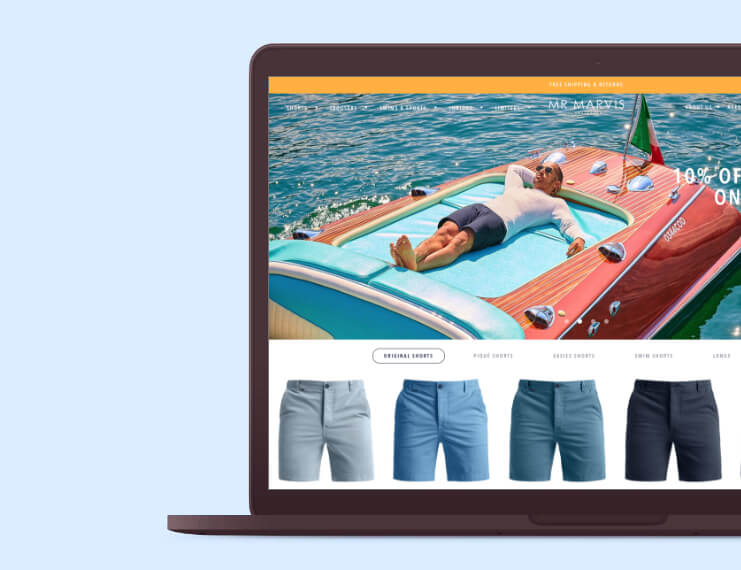Independent but unflexible?
Headless flexibility goes hand in hand with customization. The speed of adding new functions depends on your developers. Customization often also means that you are tied to a specific team or company. Does something no longer work properly? Then it is often difficult to have another party build on it. So often you are tied to a single developer - and higher maintenance costs. And this brings us to the next point.
Piggybacking or developing it all yourself?
The playing field of e-commerce is ever-changing. Your competitors will continue to innovate in terms of service, ease of access, product presentation, content marketing, SEO, and so on. Headless has the advantage that your custom-build front can be adjusted very quickly. But you have to devise and realize every visual or technical improvement yourself or together with your developers. With existing platforms and Software as a Service (SaaS) you profit from the continuous development of a platform. This is not only getting better thanks to the combined knowledge and commitment of hundreds of developers, but also through the user experiences of thousands of other e-commerce merchants.
Headless remains an interesting development and is in full swing, but it is far from crystallized. Start-up costs are often low, but managing and further developing your platform is usually expensive. To keep up and continually improve you’re going to be very dependent on developers, and scalability remains a concern. CODE wants to offer customers the best platform to run a webshop. Affordable, manageable and never unnecessarily complicated. We are happy to sit down with you and talk you through this further!
Do you work with multiple countries, target groups and currencies?
Do you want to trade with different countries and in different languages (and perhaps currencies) with your webshop? And do you work with a small team? An advantage of headless is that you’ll manage and serve all your content from one place. It’s important to realize that you are committing to a ‘one size fits all’ approach here. If you want to offer regional products, optimize SEO and content marketing - then a multistore solution might work out better for you then headless. Setting up store in a new country of course starts with solid translations (as Amazon recently learned the hard way) but you will also have to deal with different (consumer) laws, different payment methods and review platforms. Ironically, headless is not the option that offers optimal flexibility here.
Optimal speed and page load trumps all?
The speed at which pages load is one of the great benefits of headless. It is also one of the most important aspects of a customers’ experience. At the same time, with platforms such as Shopify, there are often also significant gains to be made by simply examining the structure of your pages and by using specialized tools to improve your load times. If speed plays a leading role in your webshop, it can be interesting to learn more about headless.
Do you often introduce new products and campaigns?
If you are going to work headless, you’ll probably need developers as soon as you want to put new content such as products or campaigns on your website. These must be added manually to the code because the front cover is on a server and must be linked to a CMS in order to display your content properly. If your product range is fairly static, this is not really a problem. But if you often launch new campaigns or continually add new products, it can become quite expensive to employ developers every time you want to add some new products or pages. It’s exactly because of this that scalability is often seen as the achilles heel of headless. In a regular webshop you’ll simply add new products or campaigns yourself or have a content manager update this for you.
Headless is an interesting development that is in full swing, but is far from crystallized. The start-up costs are often low, but managing and further developing your platform are usually expensive. To keep up and continually improve you’re very dependent on developers and scalability remains a concern. CODE wants to offer customers the best platform to run a webshop. Affordable, manageable and never unnecessarily complicated. We are happy to sit down with you and talk you through this further!





